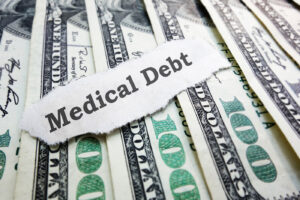C onsumers have been vigilant in dealing with credit card debt since the end of the recession and it is paying off. The rate at which the nation’s credit card lenders had to write off consumers’ outstanding credit card balances as being uncollectable continues to fall.
onsumers have been vigilant in dealing with credit card debt since the end of the recession and it is paying off. The rate at which the nation’s credit card lenders had to write off consumers’ outstanding credit card balances as being uncollectable continues to fall.
According to Fitch Ratings, one of the top three credit rating agencies, the charge off rate for credit card lenders rests at about 3.98 percent of all balances. Fitch’s Prime Credit Card index was established in 1991 and tracks more than $99 billion of prime credit card ABS (Asset-backed securities) backed by approximately $263 billion of principal receivables.
Prime credit card charge-offs dipped below 4% for the first time since 2006. The decline in charge-offs is a result of declining bankruptcy filings. Charge-offs are now 29.43 percent lower than they were at the end of 2011.
Banks, lenders and credit card companies will typically charge-off an account balance after a certain amount of time of nonpayment. The account balance becomes a bad debt and referred to as a “charge-off.” The time-frame is usually 180 days of consecutive non-payment.
But as the economy continues to show improvement, consumers did not manage to improve on late payments that are 60 days or more behind. This number ticked slightly up. These accounts now make up 1.73 percent of all outstanding balances, up from 1.7 percent in November 2012. But despite the tiny increase, late-stage delinquencies remained relatively steady at around the 1.35% mark for the past 4 months.
Delinquencies could stabilize in the coming months because changes in late-stage delinquency are often reflected in those for defaults some months later.
The retail credit card industry, while experiencing a substantial charge-off increase from 4.69 percent o 6.69 percent in December, continue to remain well below the all-time charge-off rate of 9.09.
Charge-offs, whether It be a prime credit card or retail credit card, are detrimental to consumer credit scores. Charge-offs are credit score killers. Making timely prime credit card payments along with timely retail card payments; or, paying them in full each month is vital to maintaining or improving credit scores.
















